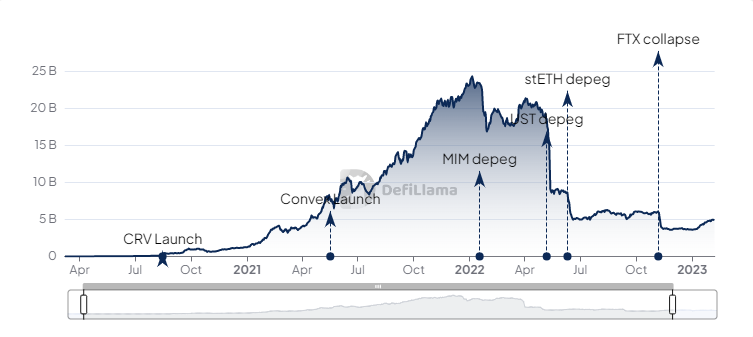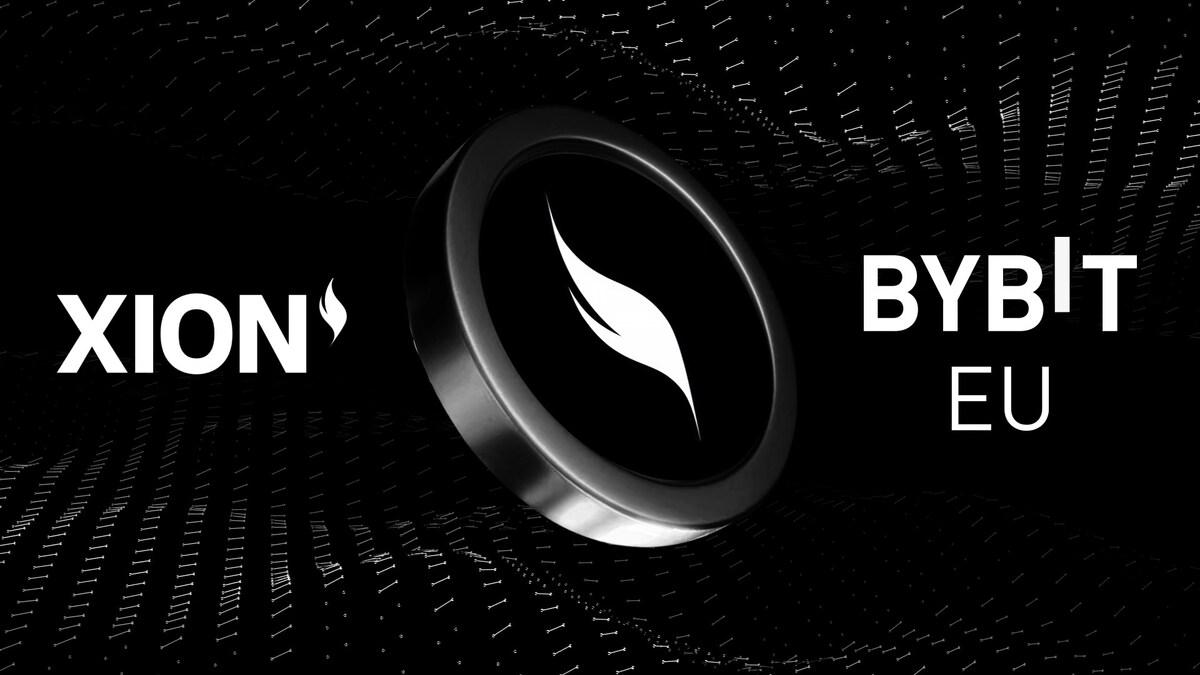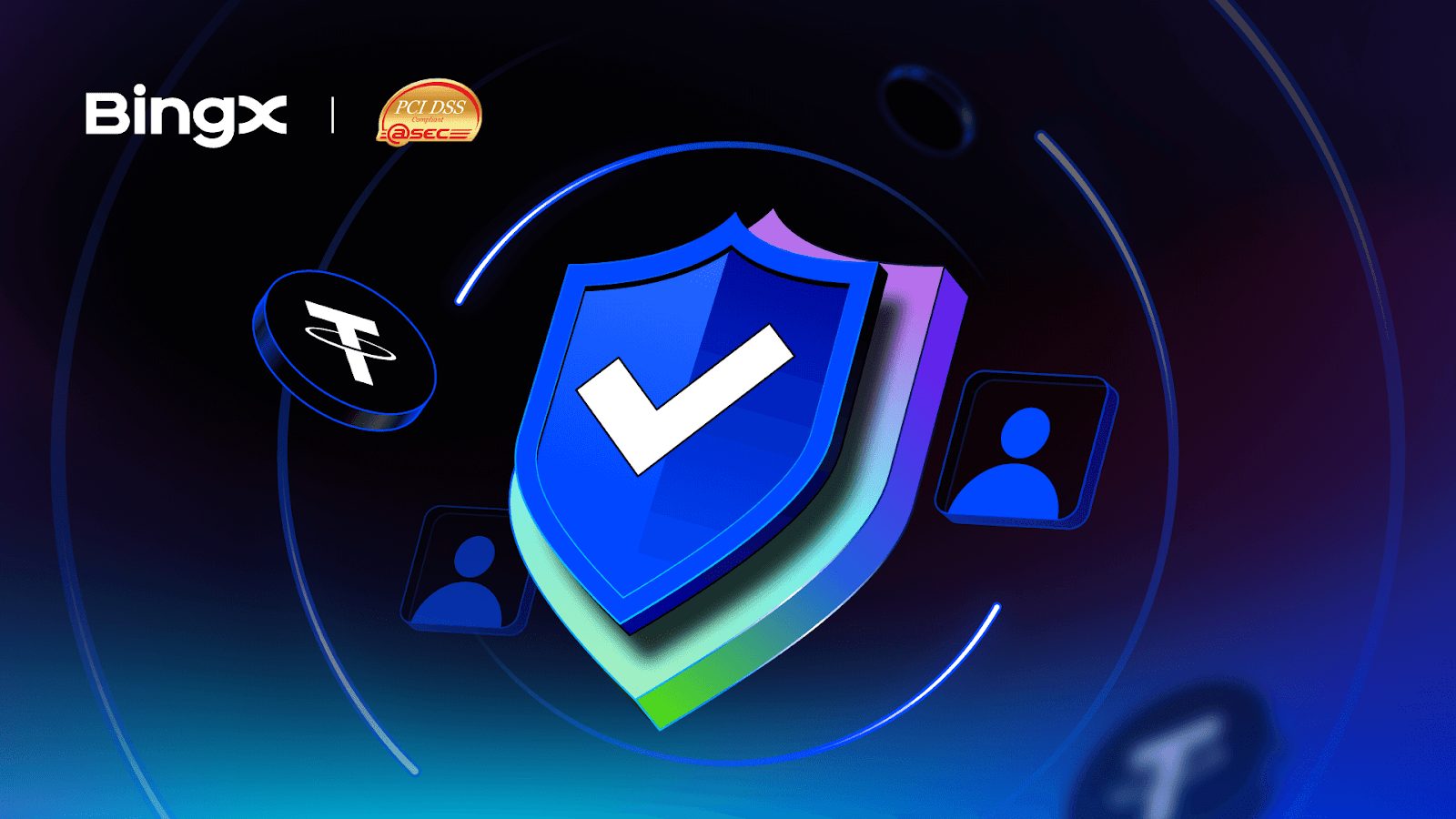Key Points:
- The hacker who stole $160 million from Wintermute now controls 28% of Curve’s 3pool.
- Curve is the largest decentralized exchange in DeFi, with over $5 billion worth of crypto across 12 blockchains.
- US regulators are taking notice of DeFi’s growth and associated risks, with Curve cited as an example of a protocol where responsibility cannot be attributed to creators or deployers.
According to a recent report by DLNews, the hacker who stole more than $160 million from trading firm Wintermute has become the largest liquidity provider in a Curve Finance trading pool, accounting for 28% of the pool’s $409 million.
Curve allows users to trade crypto assets without intermediaries like centralised exchanges. Liquidity providers earn fees every time someone uses the pool to swap tokens. The DeFi sector, which is currently valued at over $100 billion, has been growing in popularity in recent years, and Curve has contracts holding over $5 billion worth of crypto across 12 different blockchains.

Curve Finance’s liquidity pool protocol allows traders to pay fees to liquidity providers, with the largest provider in 3pool receiving fees that contribute to their position growth.Curve Finance’s immutable protocol means that its creators cannot control who interacts with or provides liquidity to the system.
The US Securities and Exchange Commission has cited Curve as an example of a DeFi protocol where responsibility for the system cannot be attributed to its creators or deployers. The commission suggested that governance token holders of immutable protocols like Curve may need to pay Ethereum validators to change the code and ensure compliance with SEC rules.
The implications of immutable code on the DeFi sector remain to be seen, but regulators are starting to take notice of its growth and associated risks. While DeFi protocols maintain neutrality, trust, and security, not all follow this approach.
The case of Oasis, a frontend for the Maker lending protocol, raises questions about some of the assumptions underlying DeFi, such as the finality of transactions and the inability of crypto to leave a user’s wallet without permission.
DISCLAIMER: The Information on this website is provided as general market commentary and does not constitute investment advice. We encourage you to do your own research before investing.
Join us to keep track of news: https://linktr.ee/coincu
Thana
Coincu News
























